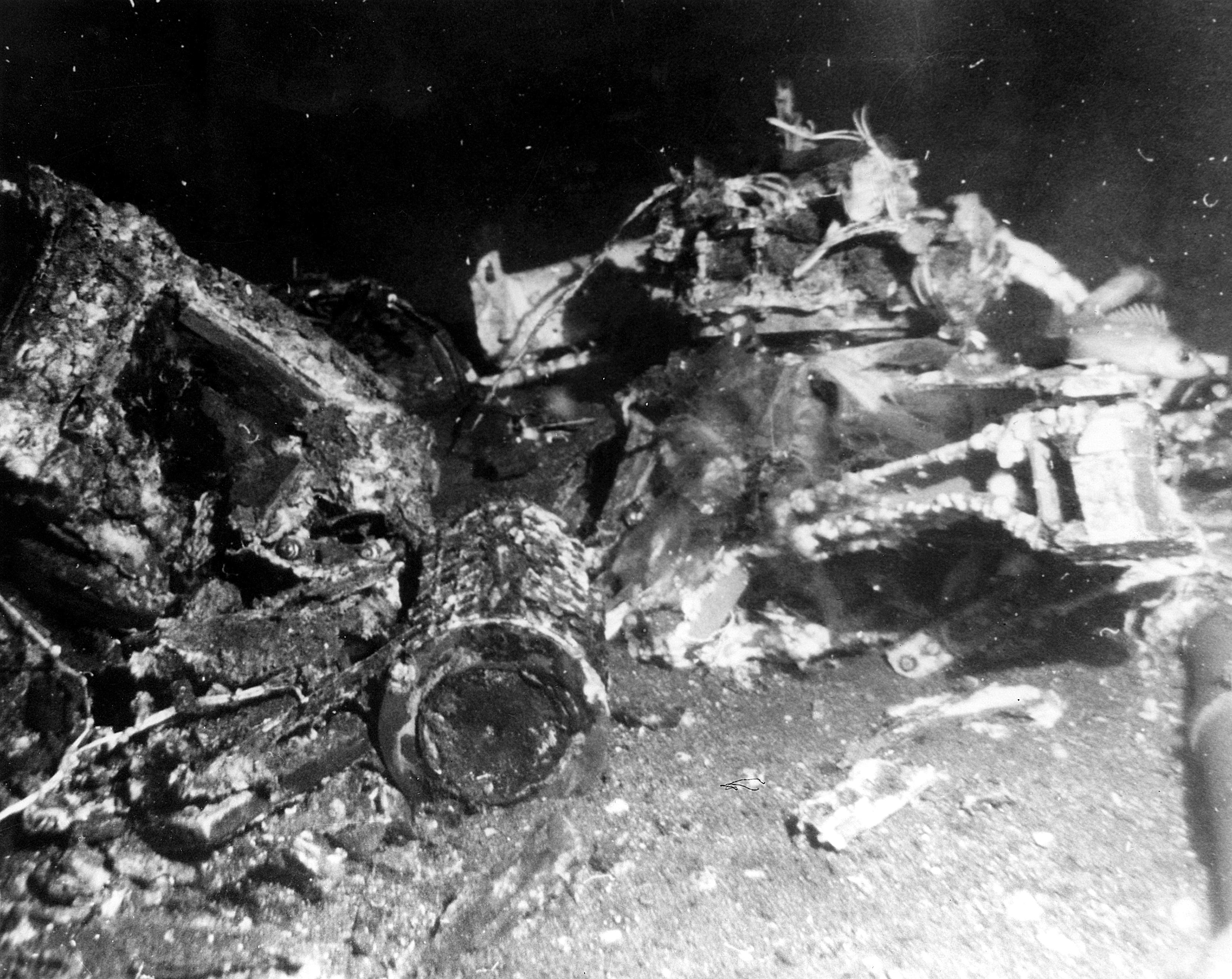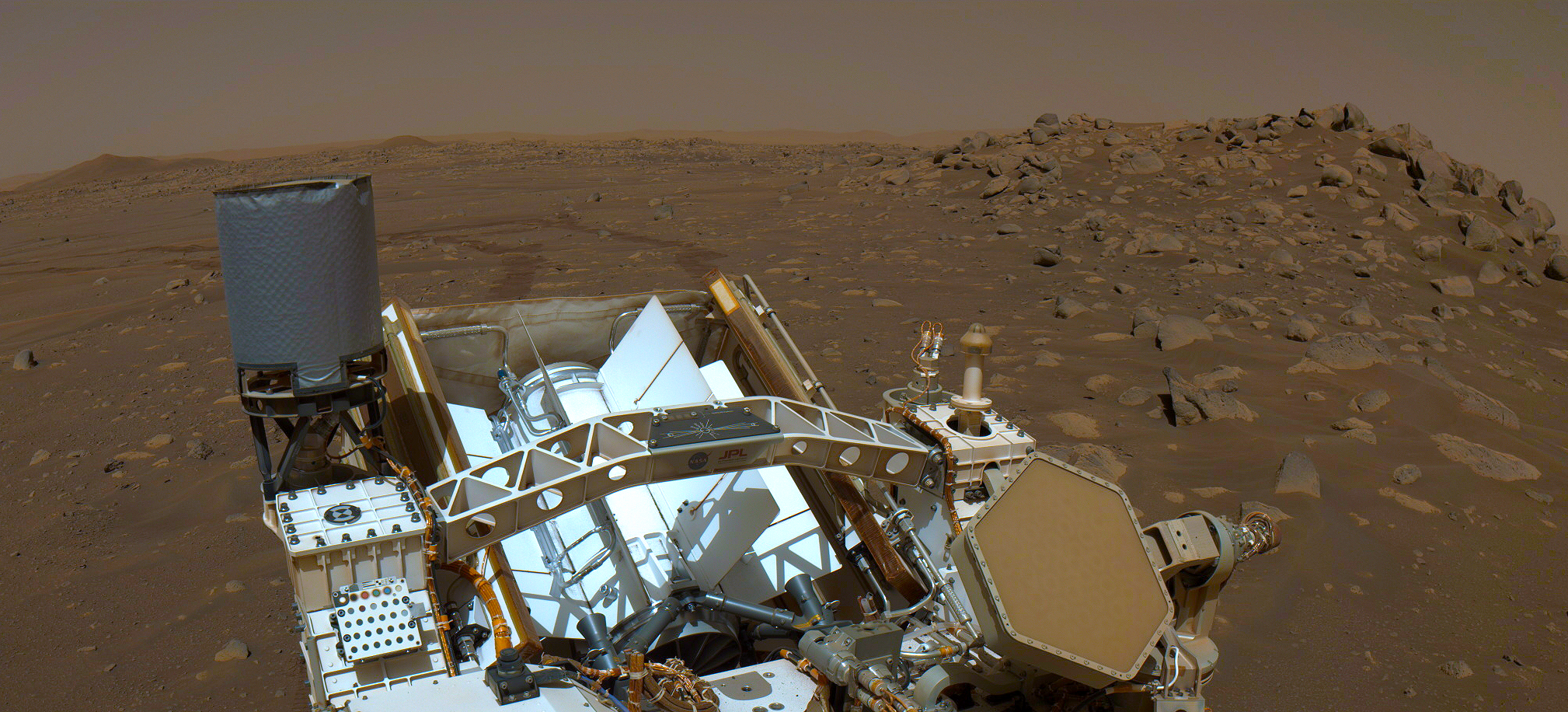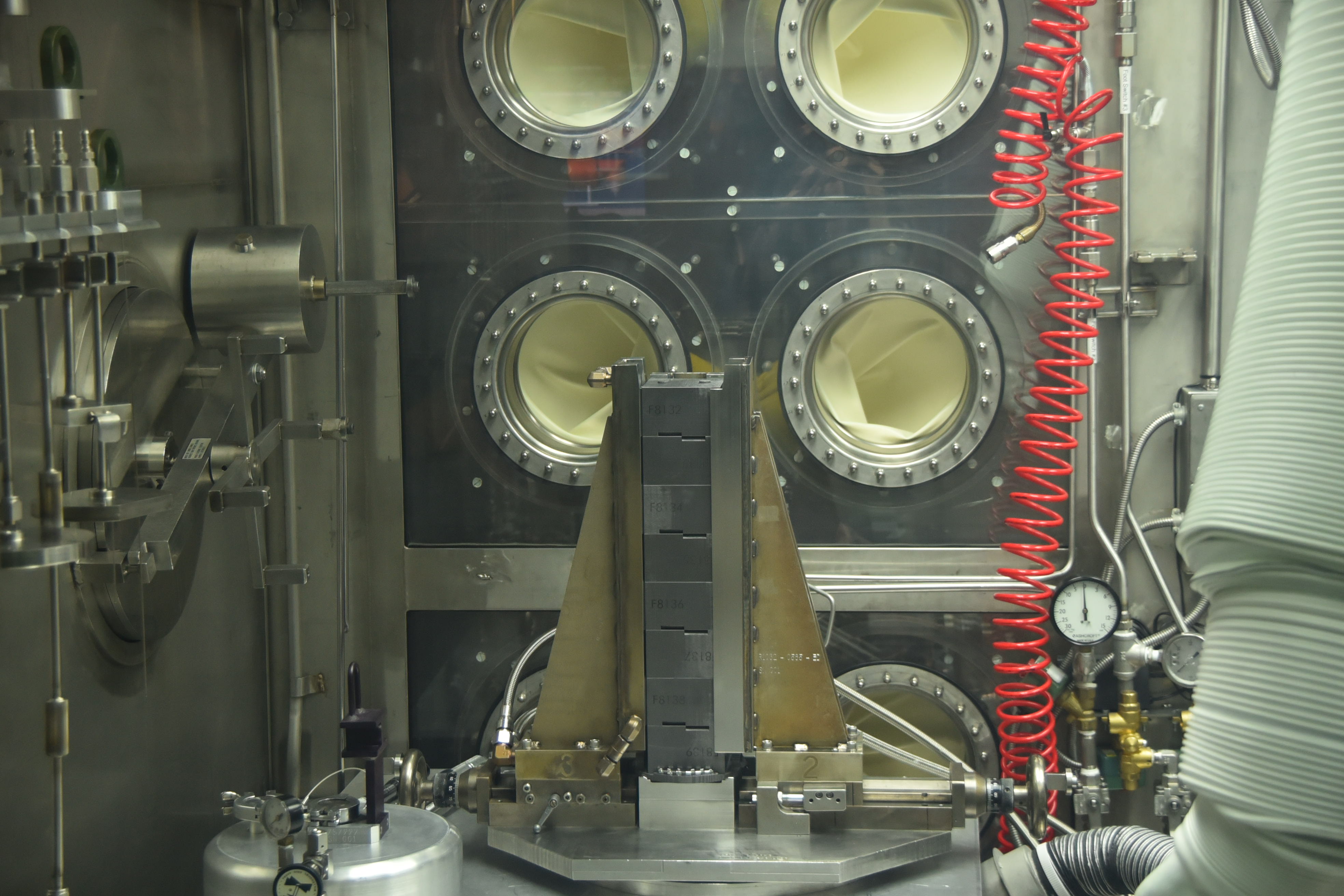Safety and Reliability
Safety and Radioisotope Power
Safety is a critical priority in NASA’s use of radioisotope power systems, and is integrated into every phase of the design, test, manufacture, and operation of space nuclear systems.
Overview
Multiple layers of safety features are incorporated into the design of the RPS —also known as radioisotope power systems — used by NASA. RPS are designed and tested to contain their nuclear fuel during normal operating conditions and in a range of potential accident conditions.
The United States has flown more than two dozen missions with RPS and one reactor system over the past 50 years. RPS have an outstanding safety and reliability record. They have never caused a spacecraft failure, and decades of effort have been invested in their engineering, safety, analysis, and testing.
NASA has a long history of safe launch and operations of spacecraft carrying RPS, and no member of the public or NASA employee has ever been injured by any previous use of an RPS system or a related launch.
RPS are extremely reliable and dependable sources of spacecraft electrical power and useful heat energy. Every RPS flown by the United States has worked as designed, with many far exceeding their operational design life (the current MMRTG is designed to operate for at least 14 years in flight).
Previous Launch Accidents Involving an RPS

Three missions using RPS have been subject to mechanical failures unrelated to the power system that resulted in early aborts of the mission. In each instance, the radioisotope power system performed precisely as it was designed to do.
- The April 1964 launch of the Transit 5-BN-3 navigational satellite was aborted during its ascent to orbit. Its radioisotope thermoelectic generator (RTG) burned up upon reentry, as intended by its design, and dispersed its plutonium fuel in the upper atmosphere.
- The May 1968 launch of the Nimbus B-1 weather satellite was aborted shortly after launch. Its RTG contained the plutonium fuel as designed. The fuel container was retrieved intact and the fuel was used on NASA's Nimbus III weather satellite.
- An RTG intended to operate science instruments on the surface of the moon as part of Apollo 13 returned to Earth in April 1970 following the aborted mission. The Apollo 13 lunar module, "Aquarius," was used successfully as a lifeboat for the three astronauts following damage to their command module — unrelated to the RTG — on the way to the Moon. Following the astronauts' safe return, the lunar module carrying the RTG fell into deep water in Pacific Ocean. No release of radiation from this incident has been detected.
NASA and the Department of Energy place the highest priority on assuring the safety of the general public and their workers during activities that utilize radioactive materials, and at related facilities.
Safety FAQ

Is it safe to launch and use RPS?
Yes. Radioisotope Power Systems have been used safely and successfully by NASA to explore the solar system for more than 50 years. These power systems even went to the moon with the Apollo astronauts.
Several layers of safety features in an RPS help minimize the release and dispersal of nuclear material under a wide range of possible accident conditions.
The General Purpose Heat Source modules, which contain the nuclear fuel, provide protection for potential ground impact and accidental reentry scenarios. As part of the engineering/design process that aims to improve each new generation of RPS, the heat-source modules in the MMRTG have additional protective material that would provide enhanced protection for potential ground impact and accidental reentry scenarios.
What safety review process does NASA go through for a mission with nuclear materials?
NASA complies with an extensive launch approval process for any space mission planning to utilize Radioisotope Heater Units (RHUs), Radioisotope Power Systems (RPS), or nuclear reactors. Though the primary responsibility for launching and operating the mission safely belongs to NASA, many organizations have responsibilities and/or interests in a spacecraft that uses nuclear systems.
Any NASA mission that proposes to use an RPS, RHU, or nuclear reactor undergoes a comprehensive environmental review, as part of NASA's compliance with the National Environmental Policy Act. National Security Presidential Memorandum 20 (NSPM-20), signed on August 20, 2019, requires launch approval authorization from the President or NASA administrator, which is based on a three-tier safety review process for space nuclear systems. As part of this process, NASA, the Department of Energy, the Environmental Protection Agency, and other federal agencies conduct a thorough safety assessment and review prior to a request for launch approval being submitted.
What would NASA do if there were an accident involving an RPS?
In advance of launches, NASA works closely with federal, county, and state public information services and emergency management organizations to prepare to respond to any accident in an effective manner, including timely flow of information to the public. Such coordination is part of a comprehensive Radiological Contingency Plan to ensure that NASA, DOE, EPA, and state and local authorities are fully prepared.
Before any launch of a mission carrying an RPS, monitoring teams with a variety of technical expertise and the necessary support equipment would be deployed around the launch site and the surrounding communities to assess any possible release of nuclear material in the event of a launch accident.
To avoid potential exposures, local emergency response officials might ask the public to take precautionary measures following an accident with a mission carrying a fueled RPS or nuclear heat source, such as remaining indoors for a limited period.
What hazards do RPS pose in case of a mission accident?
The fuel in an RPS is plutonium oxide, which is a radioactive material. In the unlikely event of a mission accident, there is a potential for the release and dispersal of the radioisotope fuel into the environment, and subsequent exposure to humans. This exposure could result in an elevated long-term chance of inducing certain cancers or other related health effects.
To minimize this potential, several layers of safety features have been designed into the heat source. One key safety feature is the ceramic fuel form, which cannot be readily digested. The fuel is formulated to break into large non-respirable sized particles to minimize the potential for inadvertent inhalation.
Although any type of launch accident is unlikely, and an accident that results in a release of the plutonium oxide fuel is more unlikely, analysis of a wide range of possible accident scenarios acknowledges that it is possible that some of the plutonium oxide fuel inside the MMRTG could be released. In order for this situation to pose a potential health risk, the released fuel particles would have be small enough to be carried away by winds into the atmosphere or onto food crops, and then inhaled or swallowed.
The General Purpose Heat Sources (GPHS) inside the MMRTG is designed specifically to prevent such an occurrence. The fuel inside each GPHS is surrounded by several layers of protective materials, including the type of tough material used in the nose cones of missiles designed to survive fiery conditions during re-entry into Earth’s atmosphere. In addition, the radioisotope fuel is manufactured in a ceramic form (similar to the material in a coffee mug) that resists being broken into fine pieces, reducing the chance that hazardous material could become airborne or ingested. The fuel is also highly insoluble, which (along with its ceramic form) helps prevent it from moving easily through the environment.
Even though the chances of launch accidents are small, NASA prepares contingency response plans for every launch that it conducts. To manage the response to an accident with a release of radioactive material in the launch area, NASA establishes a radiological assessment and command center staffed by a variety of subject matter experts. This center deploys specialized monitoring equipment and field teams prior to launch, and it serves as a clearing house for information that forms the basis of easily accessible updates regarding accident conditions and any precautionary measures that might be recommended.
Have there been any previous failures with space nuclear systems?
The United States has flown 27 missions with Radioisotope Thermoelectric Generators (RTGs) and one nuclear reactor system over the past five decades.
Three past missions carrying spacecraft using radioisotope power systems failed in accidents unrelated to the power system. In each instance, the radioisotope power system performed as it was designed.
- The April 1964 launch of the Transit 5-BN-3 navigational satellite was aborted during its ascent to orbit. The satellite's RTG burned up upon reentry and, as intended by its design, dispersed its plutonium fuel in the upper atmosphere.
- The May 1968 launch of the Nimbus B-1 weather satellite was aborted during its ascent to orbit; its RTG contained the plutonium fuel as designed, the generator was retrieved intact, and the fuel was re-used on a subsequent mission.
- An RTG intended to operate science instruments on the surface of the Moon as part of Apollo 13 returned to Earth in April 1970, following the aborted Apollo mission. The Apollo 13 lunar module was used successfully as a "lifeboat" for the three astronauts following unrelated damage to their command module on the way to the Moon. The lunar module carrying the RTG was targeted to fall into the Pacific Ocean near the Tonga Trench. Extensive reconnaissance of the area detected no release of the power system's plutonium oxide fuel.
Does NASA have any plans to recover the SNAP-27 RPS from the Apollo 13 lunar lander at the bottom of the Pacific Ocean?
No.
Why should the public believe NASA can manage the safety of a nuclear power system's development given its Space Shuttle safety record?
NASA has an outstanding record of safety in launching spacecraft carrying nuclear power systems, with 17 successful launches and no failures over the past three decades.
NASA continues to study, plan and practice how to improve the performance of these processes, applies this extensive experience to every launch, and prepares for likely outcomes. This includes extensive radiological contingency planning, with related resources in place for each launch in the unlikely event of an accident.
NASA and the Department of Energy place the highest priority on assuring the safety of their workers and the general public during activities that utilize radioactive materials, and at related facilities.
What is meant by the plutonium oxide having a "ceramic form"?
The plutonium oxide fuel used in an RPS is a specially refined, fire-resistant ceramic material that is manufactured and used in the form of pellets to reduce the possibility of dispersing the fuel in a launch or reentry accident.
This ceramic resists being dissolved in water and reacts little with other chemicals. If fractured, the ceramic—like a broken coffee cup—tends to break into relatively large particles and chunks that pose significantly less hazard than inhalable microscopic particles.
What is the material that the plutonium oxide fuel is "clad" in?
Multiple layers of protective material help protect and contain the fuel, and reduce the chance of a release of the plutonium oxide during an accident. The plutonium oxide pellets are first clad in iridium, a corrosion-resistant metal with a high melting point greater than 4,820 degrees Fahrenheit (2,660 degrees Celsius).
Is it safe to perform an Earth flyby gravity-assist with a spacecraft carrying nuclear material?
Yes. NASA has flawlessly directed spacecraft to perform several Earth flybys and dozens of similar flybys of other bodies in the solar system (in conditions where navigation is much more challenging), with extremely high accuracy.
In general, Earth flyby maneuvers have been designed so there is less than one in one million chance of a flyby accident that causes the spacecraft to reenter Earth's atmosphere. These precision maneuvers use proven techniques such as keeping the orbital path of a spacecraft pointed well away from Earth until a carefully planned navigation adjustment close to the date of the flyby.
In addition, the enhanced GPHS modules are designed to contain their plutonium oxide fuel in the unlikely event of an Earth re-entry during a flyby maneuver
What would happen to an RPS in an Earth flyby accident?
All RPS include several layers of protective features, which are designed to contain their plutonium oxide fuel in a wide range of potential conditions.
FRPS are designed to separate into free-flying GPHS modules in a reentry or flyby accident. The response of each module to thermal and mechanical stresses would vary depending on its specific entry angle and motion. Modules that exhibit any tumbling motion during reentry would not be expected to release any plutonium oxide. All of the modules contain their fuel inside several layers of hard, heat-resistant material.
National Environmental Policy Act (NEPA) and Launch Approval
NASA is subject to the National Environmental Policy Act (NEPA), which requires all federal agencies to integrate environmental values into their decision making processes by considering the environmental impacts of their proposed actions and the reasonable alternatives to those actions.
NASA and DOE have demonstrated that potential mission risks are small, through ground-based testing and modeling, the NEPA process, and related risk assessments.




